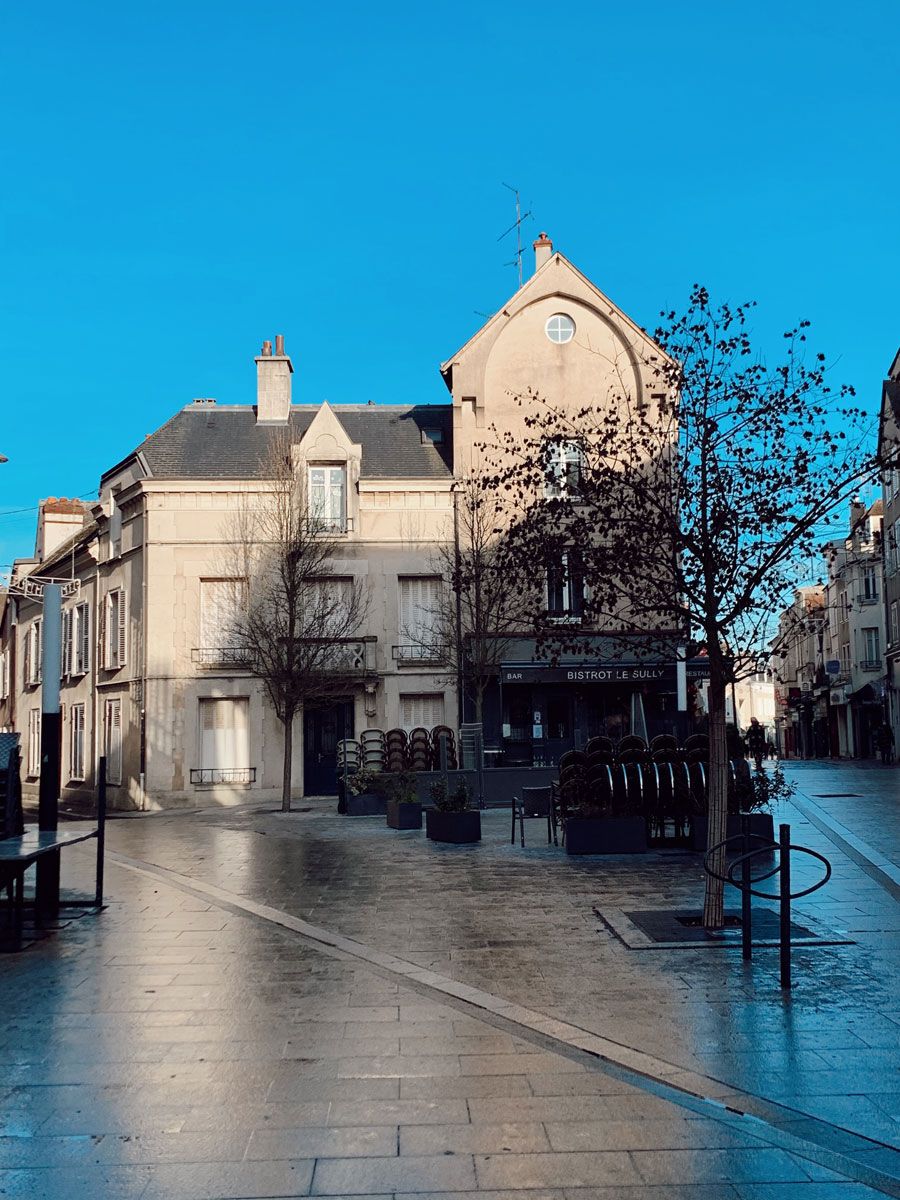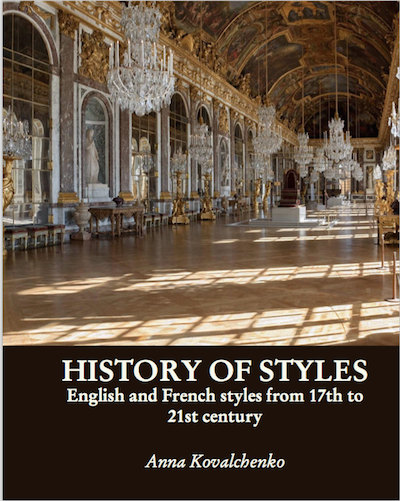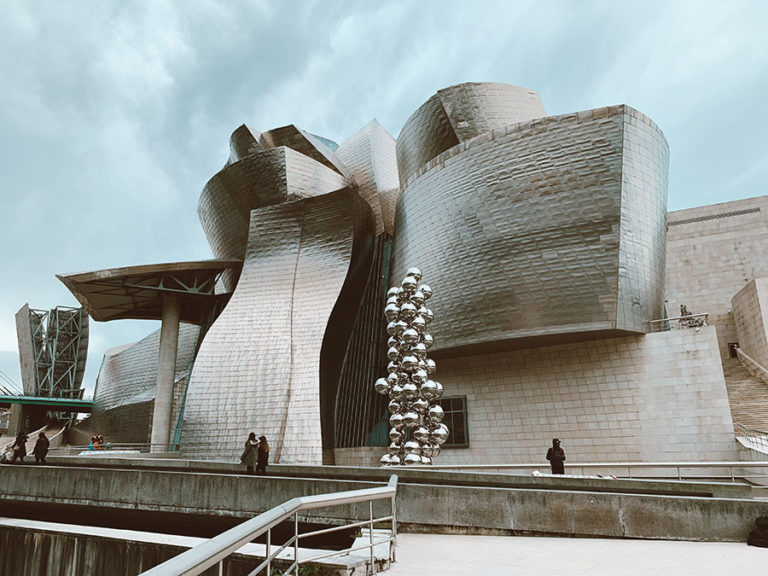One Day Visit To Chartres – Cute Historic Town, Not Far From Paris
Last Sunday we went to Chartres – a cute town famous worldwide for its incredible cathedral in Gothic style.
If you come from Paris and have traveled 75 kilometers, the modest charm of a small town located at the foot of a magnificent cathedral is sure to make you stay here longer. The Cathedral of Notre Dame de Chartres, one of the most striking structures in the world, looks best early in the morning or late in the evening, when the low sun penetrates the stained glass windows on the stone walls, and the quiet conversation of the small number of people inside the building does not disturb its acoustics … Unfortunately, we were not able to see this miracle ourselves due to pandemic restrictions, but we enjoyed the walks around the historic center, observing architecture and enjoying hot wine to warm ourselves.
You can also walk along the River Ayr upstream, or along Rue Massacre on the right bank, where you will find a line of old laundries lined up parallel to the river. From time to time, the cathedral is visible through the trees, and much closer, on the left bank, is the Romanesque church of Saint-André, where exhibitions, jazz concerts and other events were held before all lockdowns.
At the beginning of the Burg street you can see a staircase with a turret connected to the house, and in the eastern part of the Poissonier square – carved salmon adorning the house of the 16th century. There is a food market on Place Biard and Rue Changs, and a flower market (Tuesday, Thursday and Saturday) at Place Xin. On the outskirts of the old town, at the intersection of Boulevard Resistance and rue Col lins-d’Arleville (on the right if you are walking from the station), stands a monument to Jean Moulin, who was prefect of Chartres until he was removed from this position by the Vichy government in November 1940. When the Germans occupied the city in 1940, Moulins refused to sign a statement that the horrible things committed by the Nazis were allegedly the work of Senegalese soldiers who served in the French army. He later became General de Gaulle’s main support in France, coordinating the actions of the Resistance units. Moulin died in 1943, falling into the hands of the Gestapo Klaus Barbie.
The Gothic Cathedral of Chartres, or, as it is called in French, the Cathedral of Notre-Dame-de-Chartres (visiting hours daily from 8.30 am to 7.30 pm; admission is free), was constructed between 1194 and 1260. In comparison to other cathedrals, it was built much faster, therefore, retained a single harmonious plan. The old Romanesque church that stood on this site burned down in 1194, but its most important shrine, the clothes of the Virgin Mary (Sancta Satisia – Latin name.)that she supposedly wore at the time of the birth of Jesus Christ, was miraculously discovered on the ashes three days after the fire unharmed. This event was interpreted as a sign that the Virgin Mary wished for even more magnificent cathedral to be built on the site of the burnt church. The striking size and architectural richness of the cathedral is closely related to the relic stored in the cathedral. This is the place where crowds of pilgrims stopped on their way south to the Santiago de Compostela monastery in Spain.
The church provided for them a place to sleep. In order to easily clean the floor after hundreds of pilgrims visiting, the floor in cathedral was made with a slope. The Holy Robe of Maria has survived to this day, although after years, during which it was displayed in the cathedral, it has recently been neatly rolled up and put away in the storage. Perhaps one day it will be brought back to the cathedral. The architecture of the cathedral is unique in a sense that it has practically not changed since the time of its construction. Many of the windows in the nave were gifted to the cathedral by artisan guilds and merchants, whose distinctive signs can still be seen at the very bottom of the window panes.
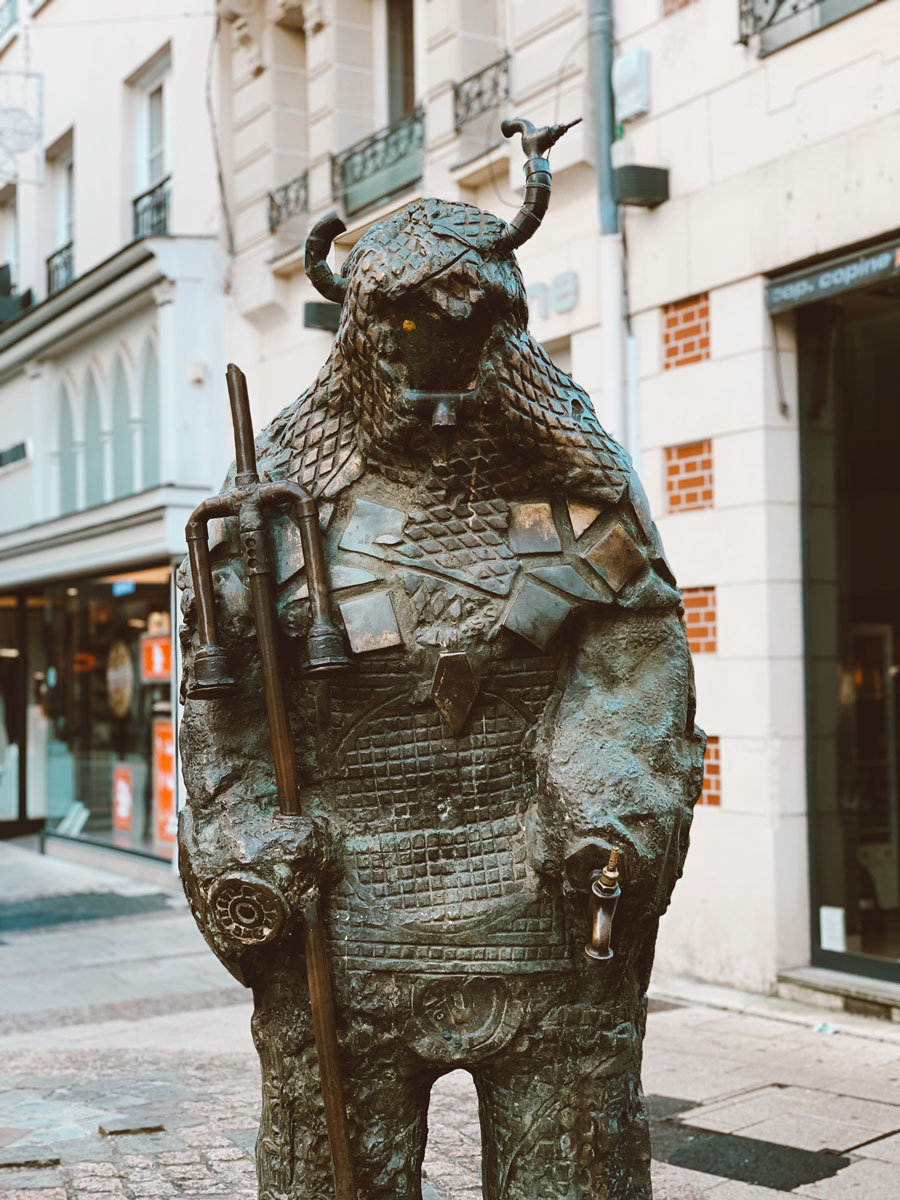
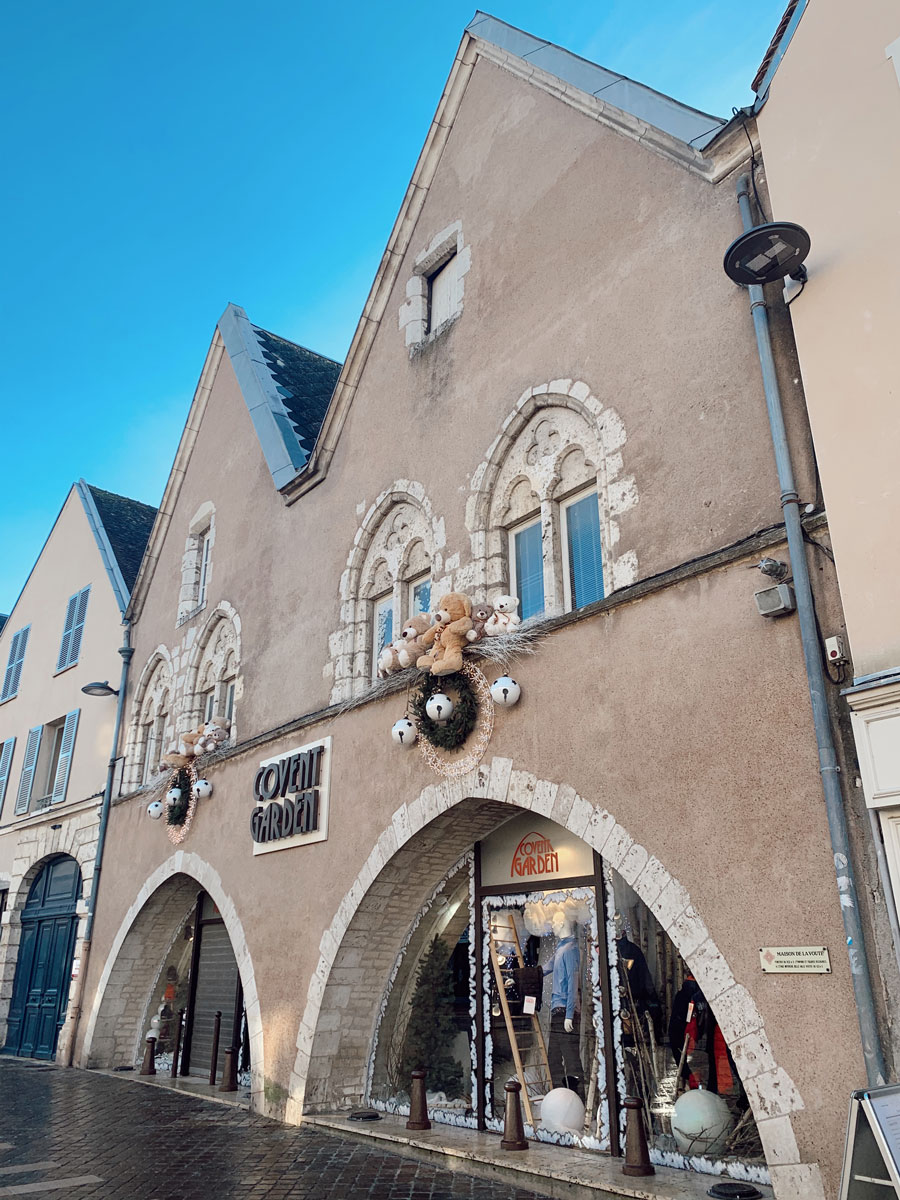
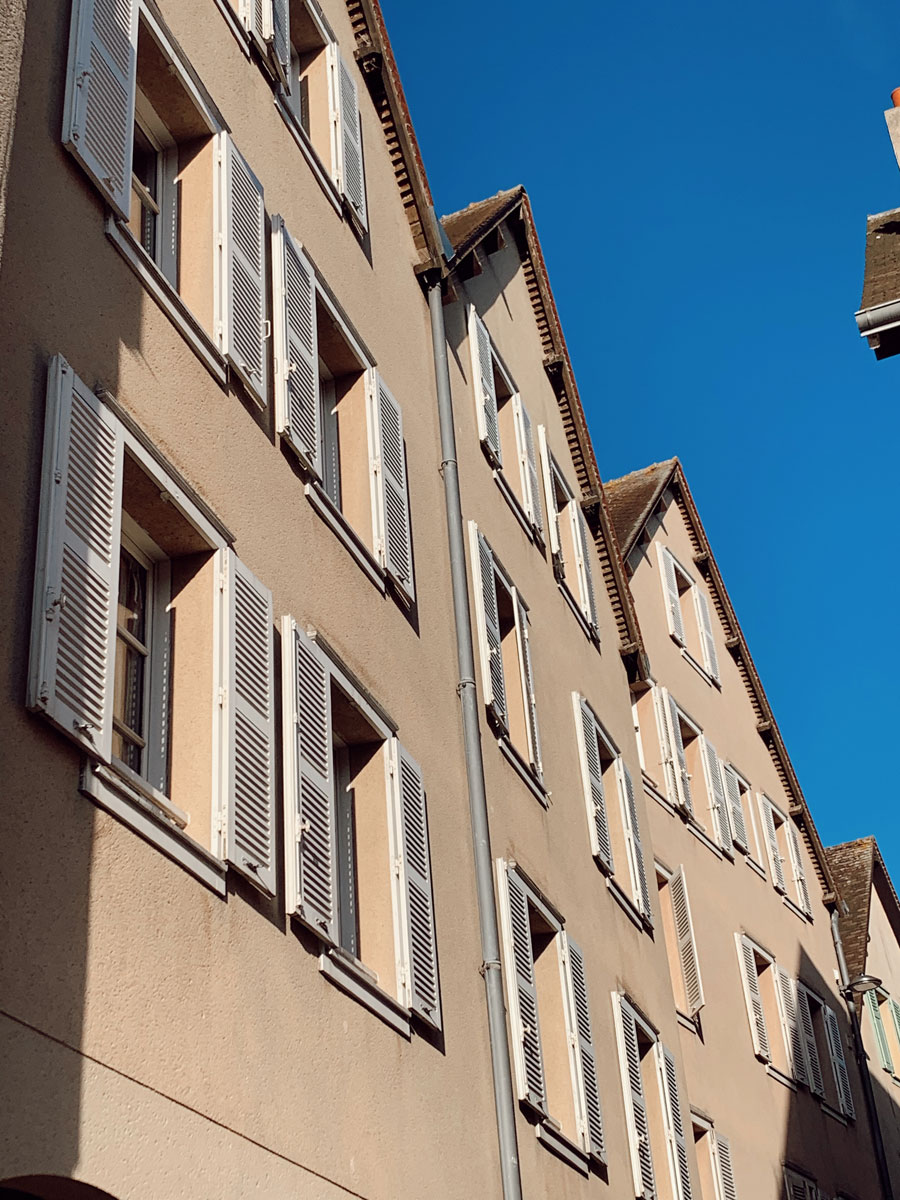
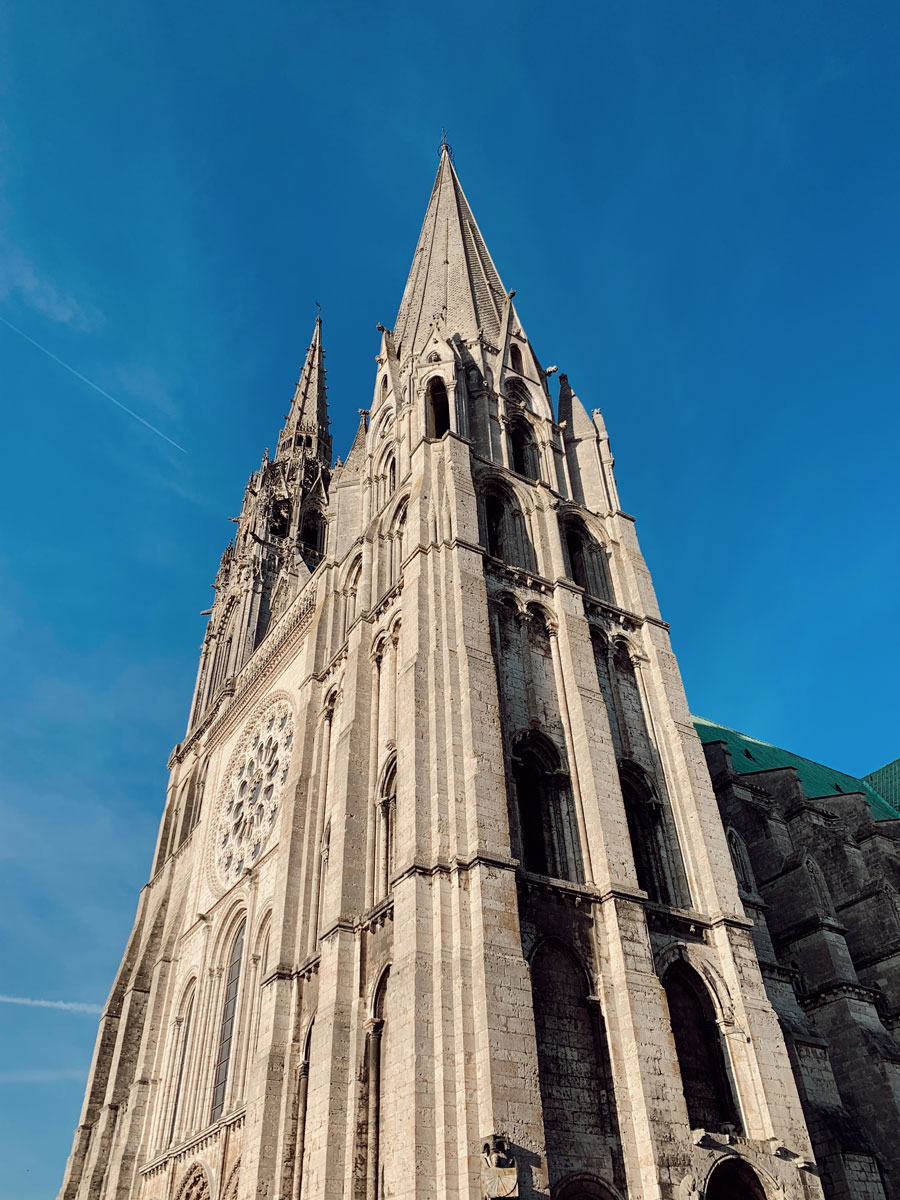
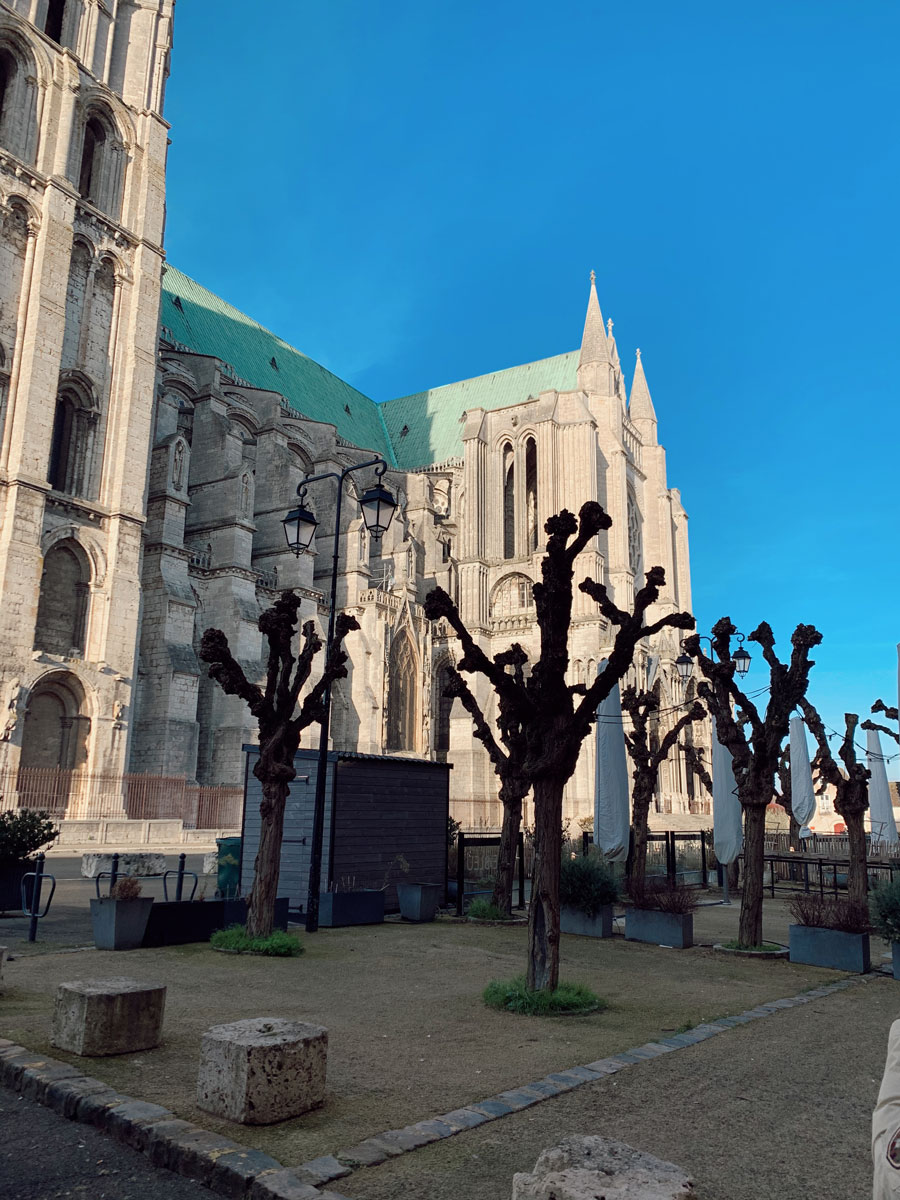
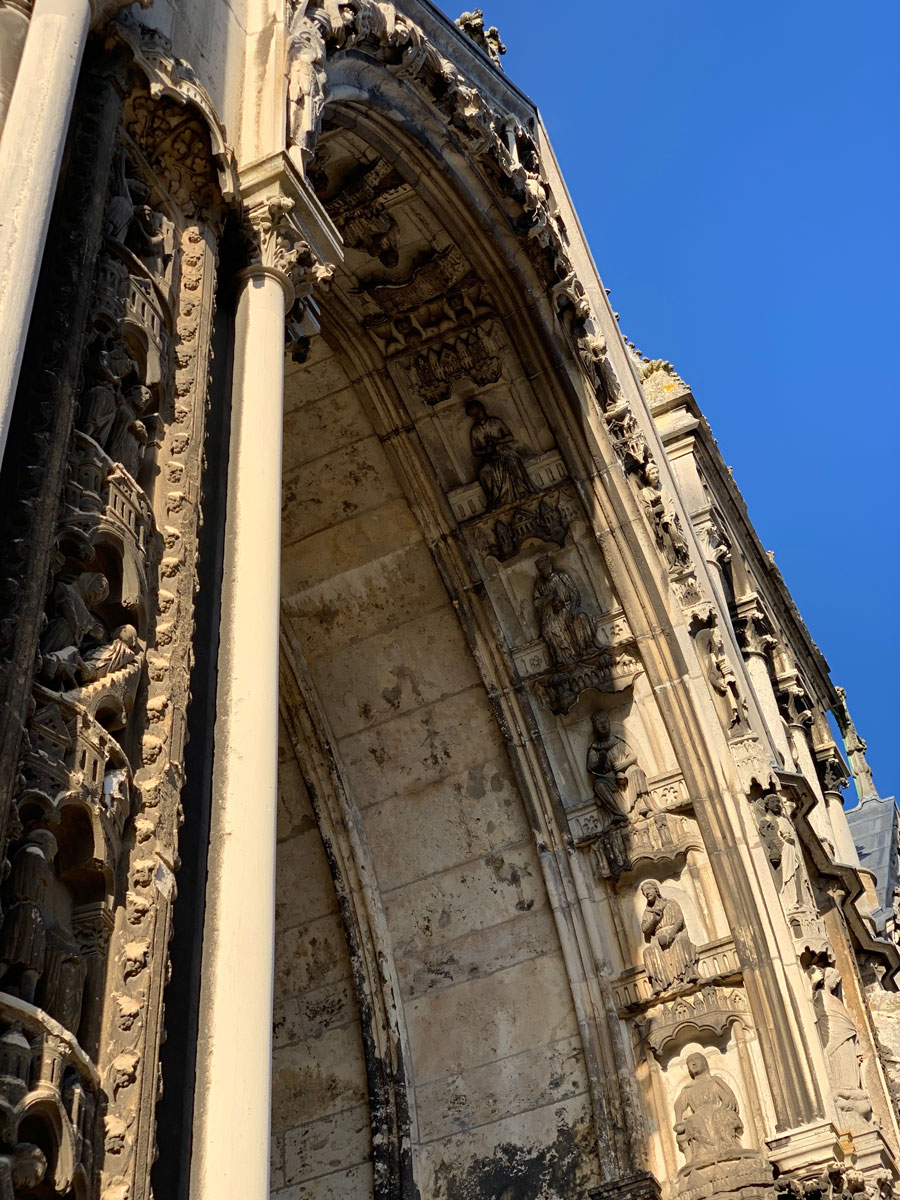
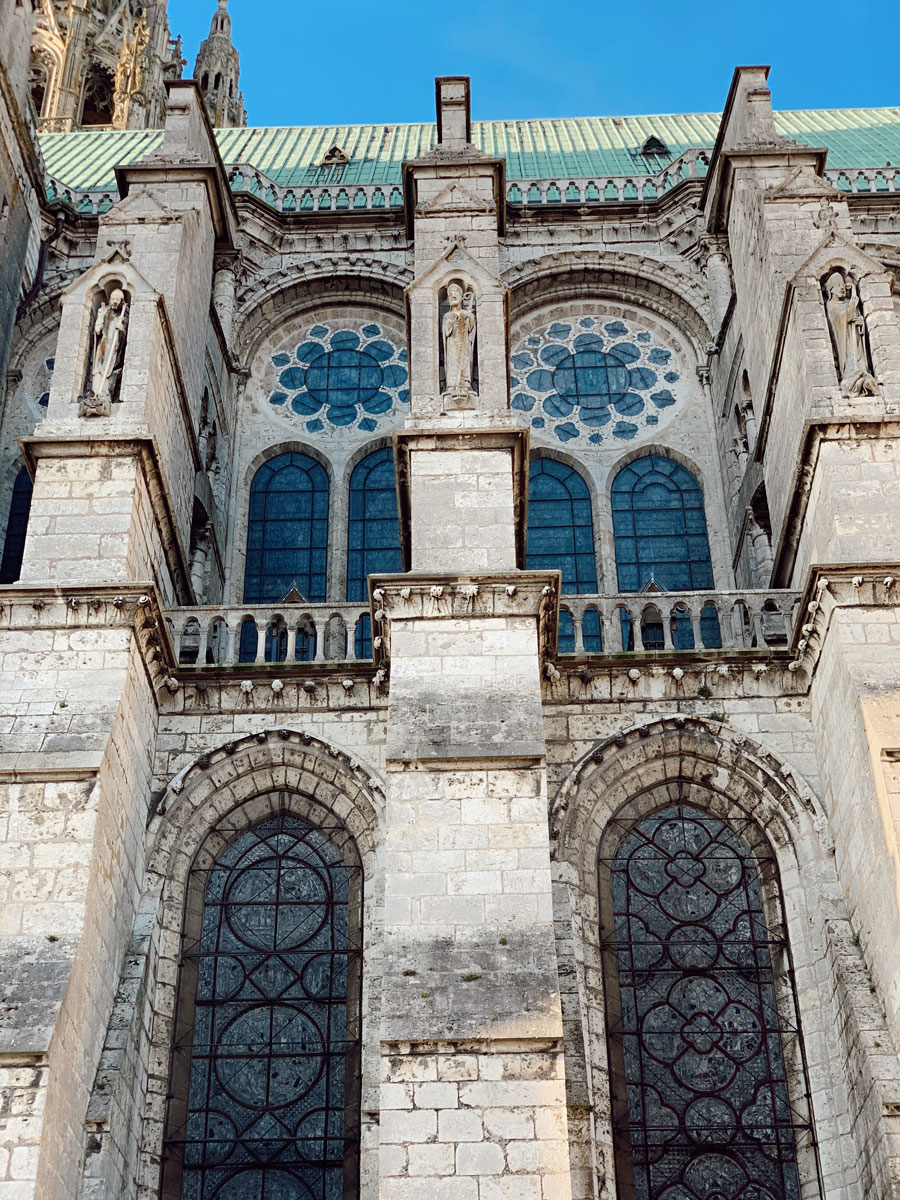
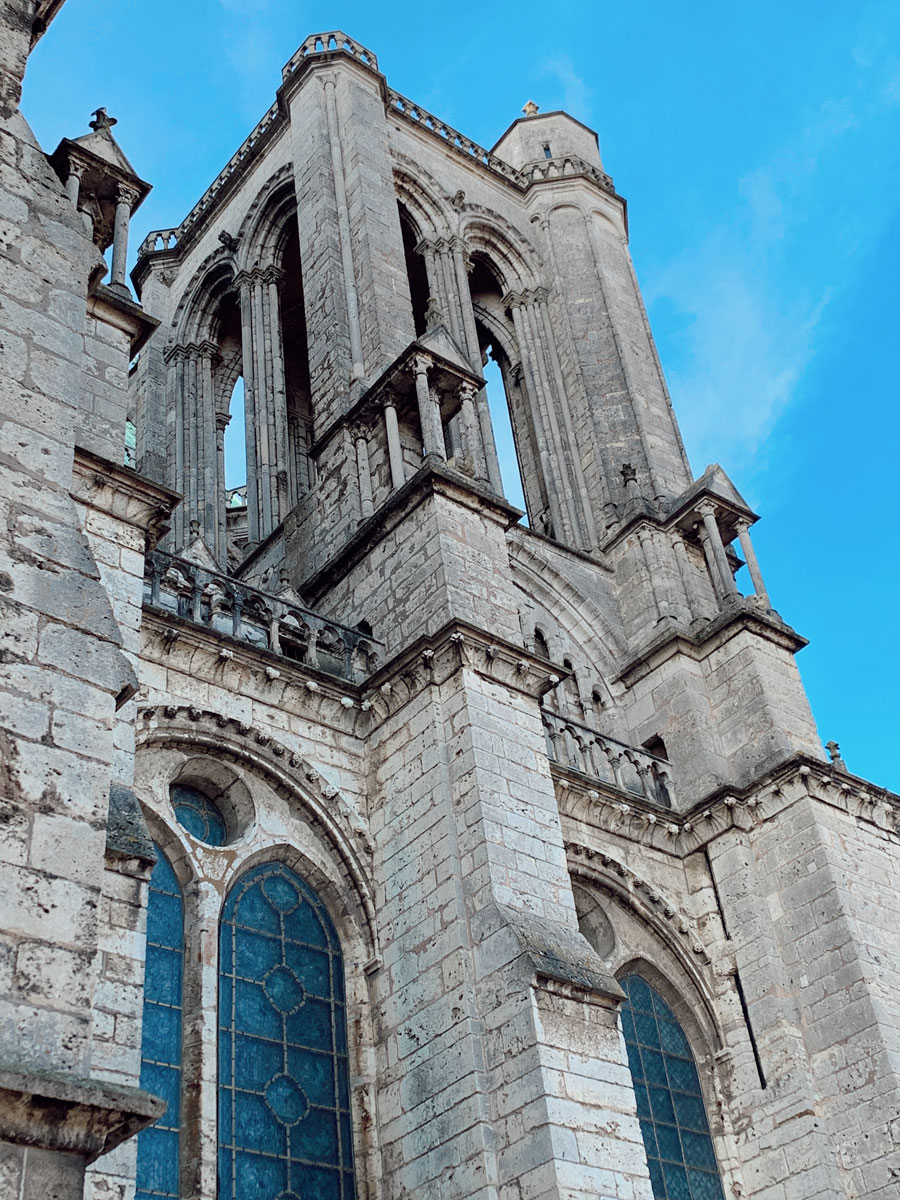
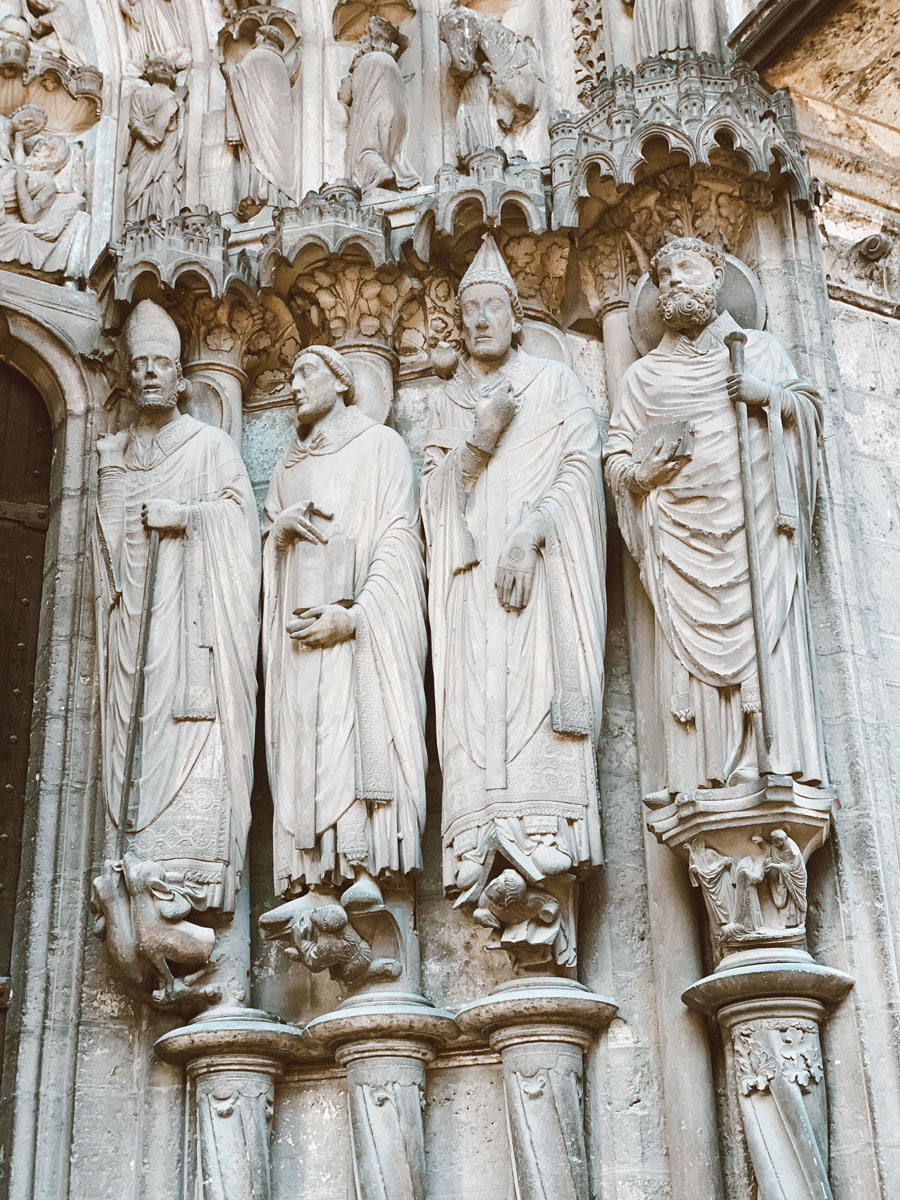
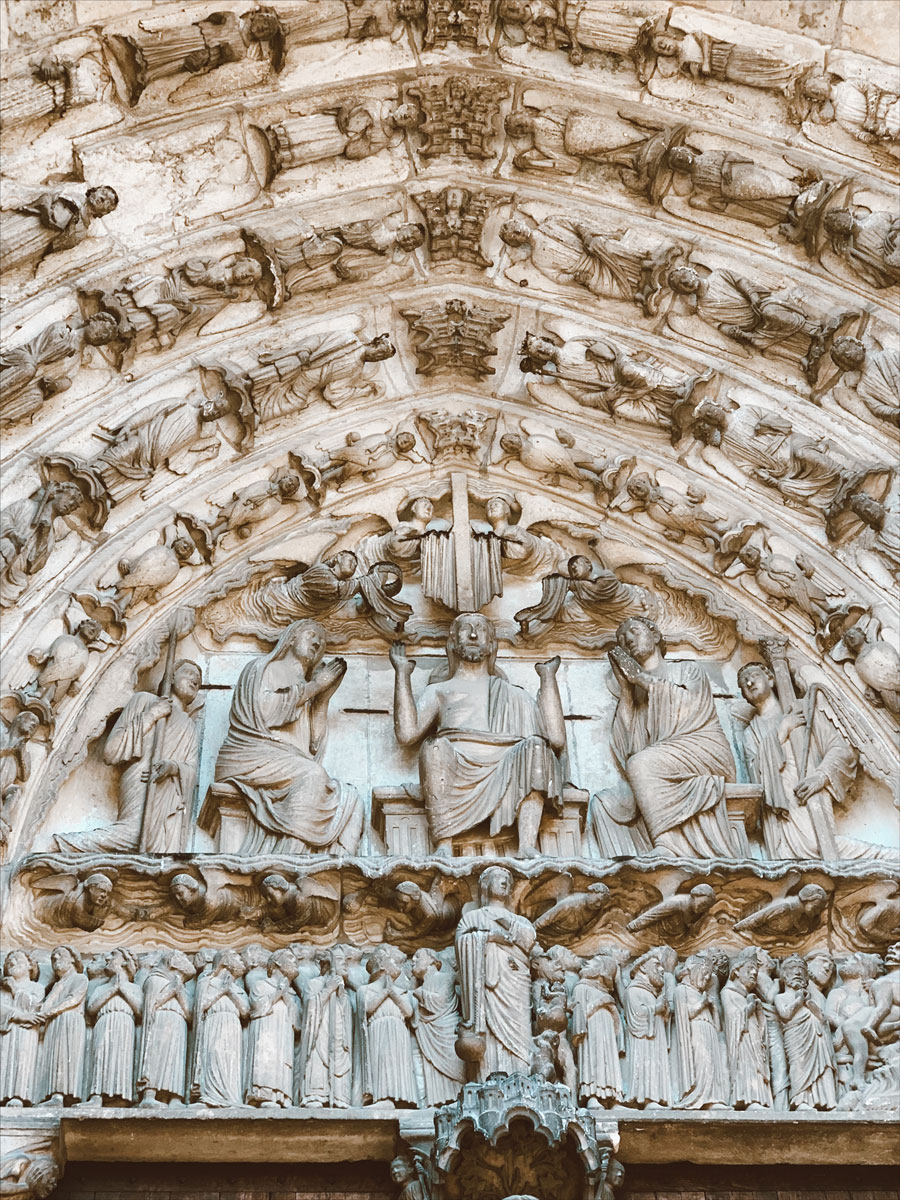
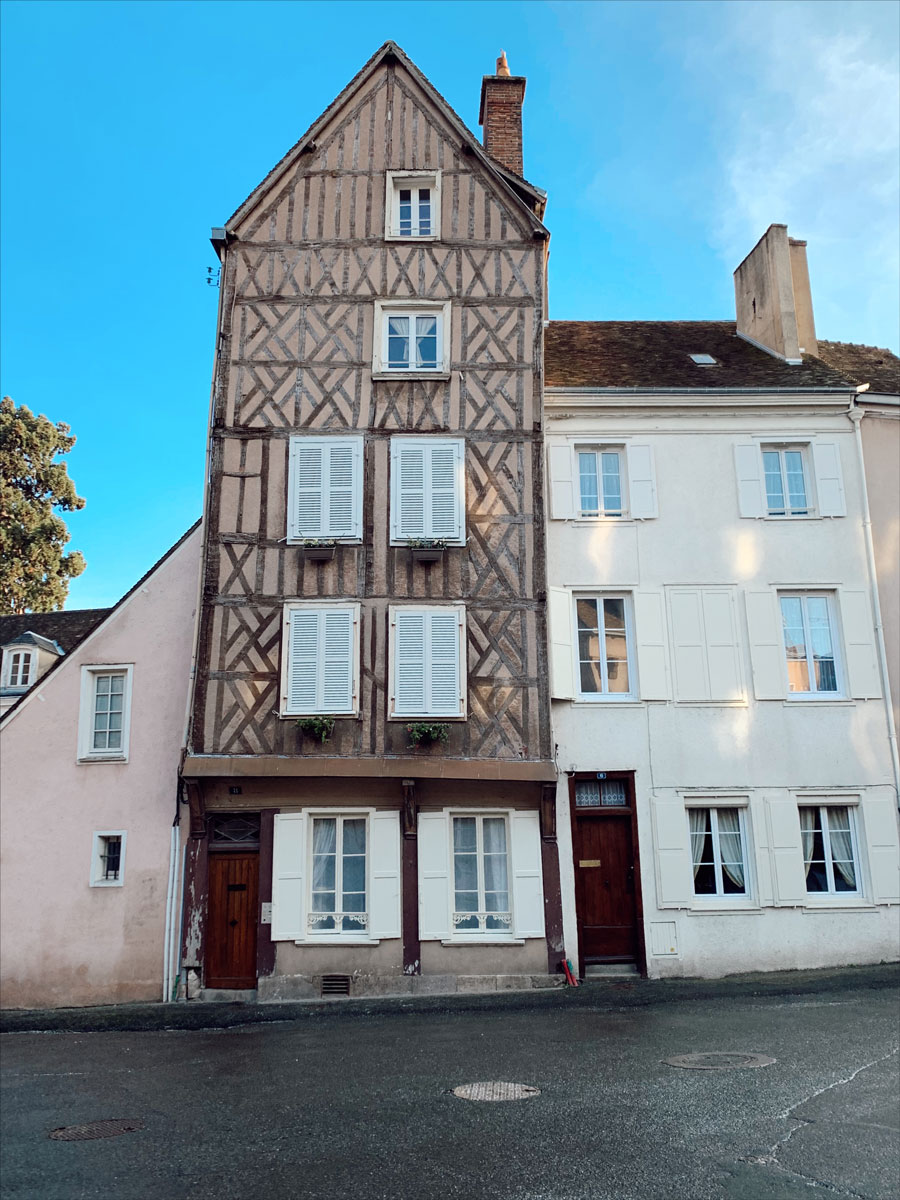
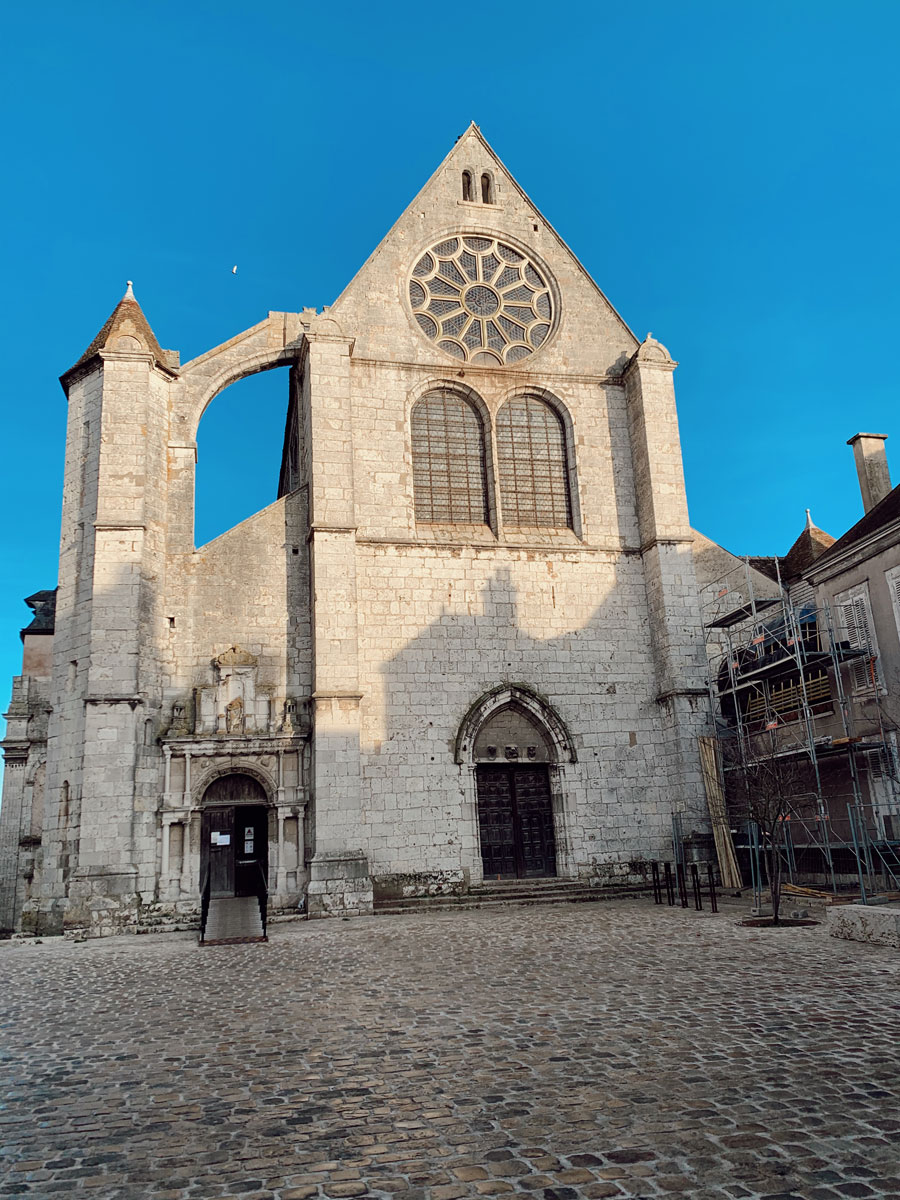
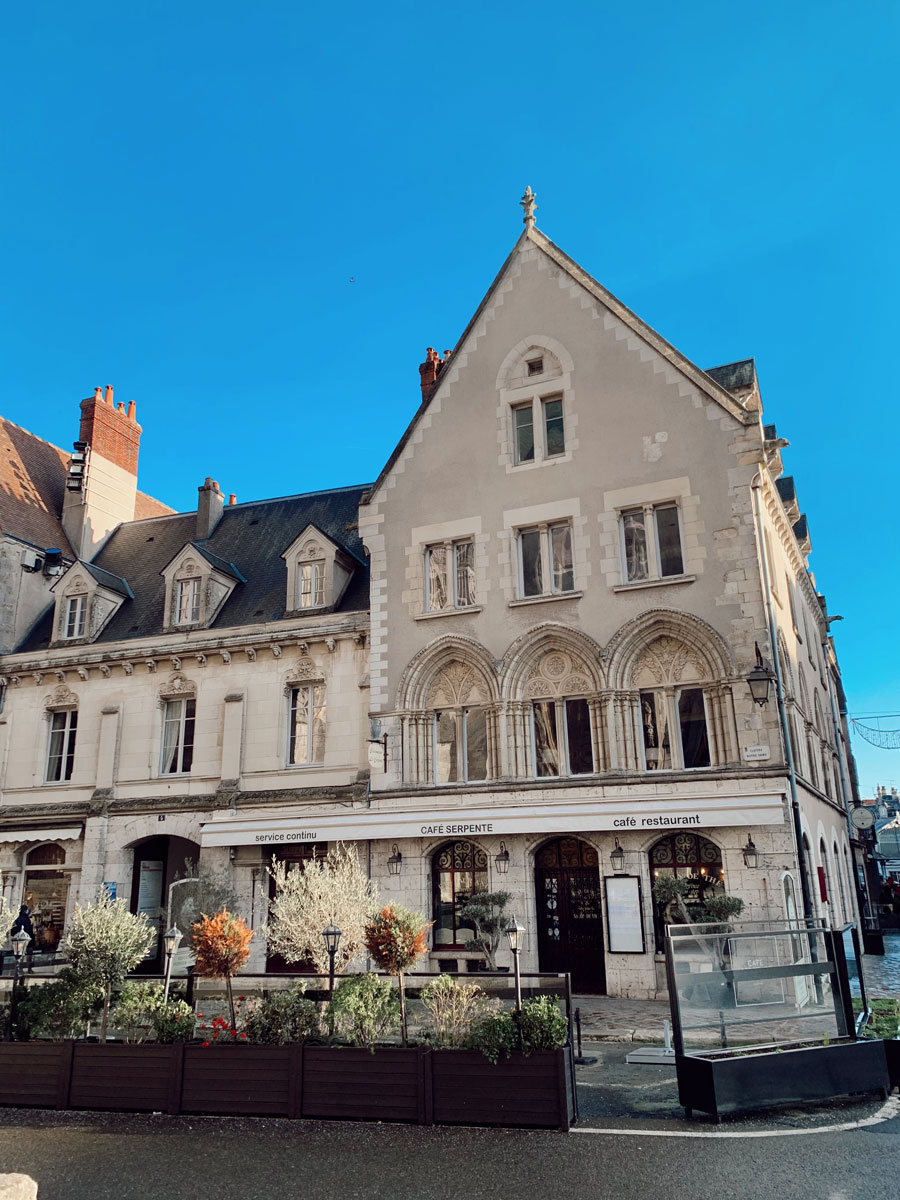
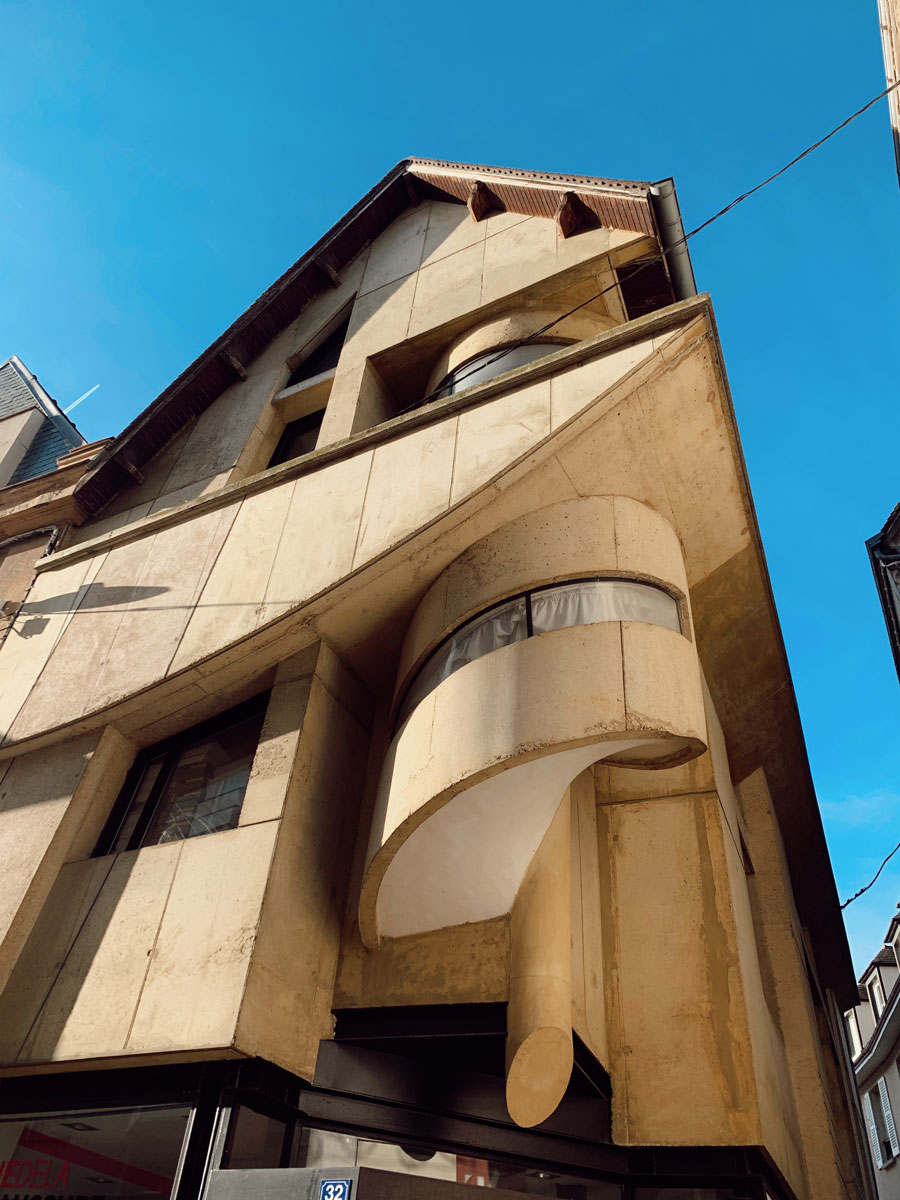
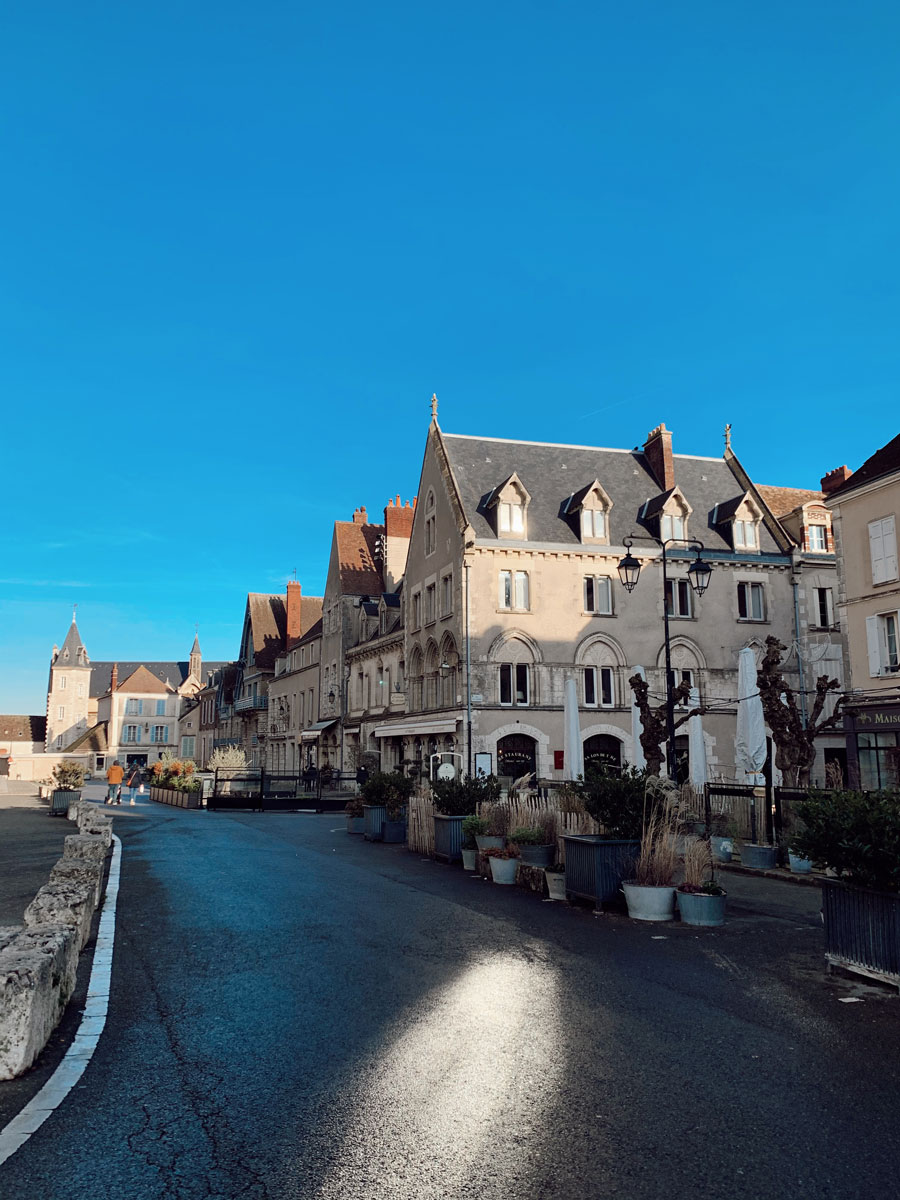
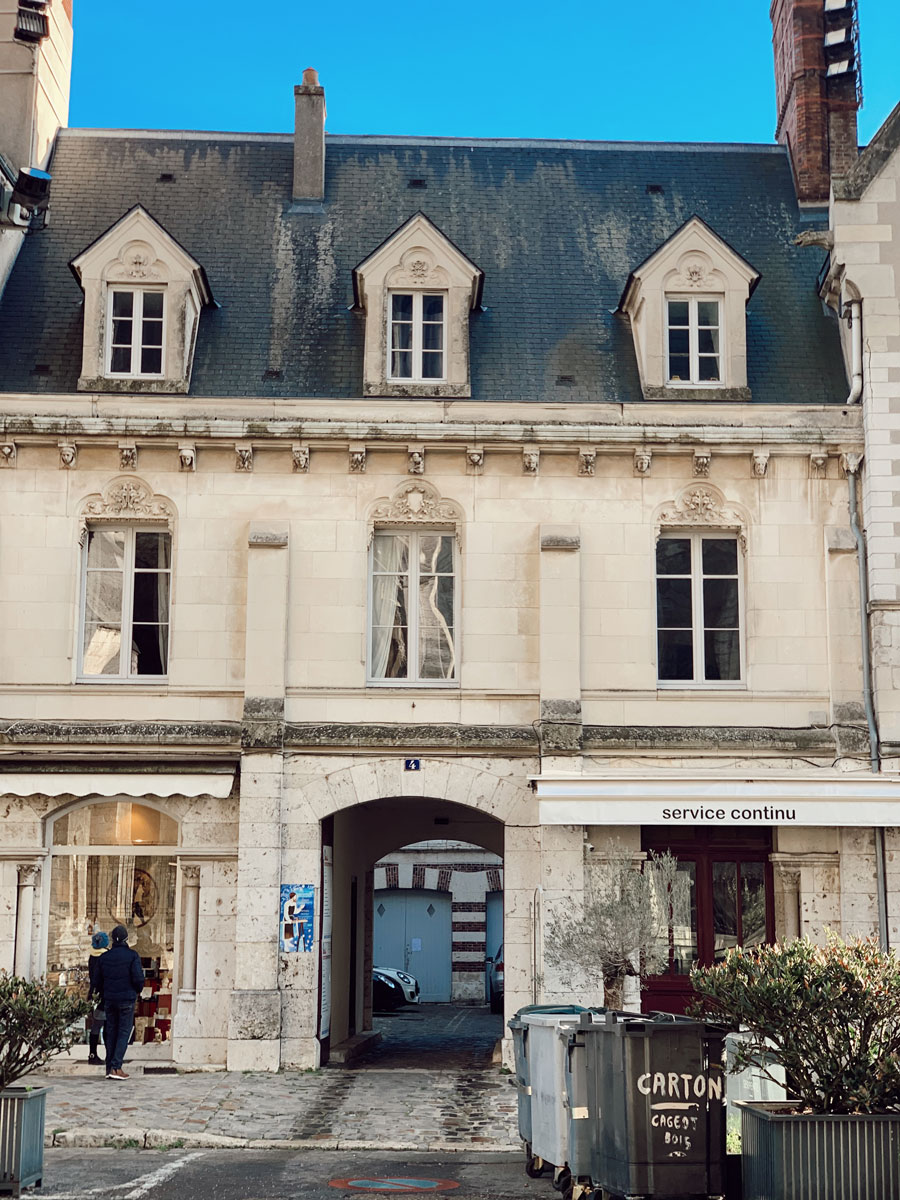

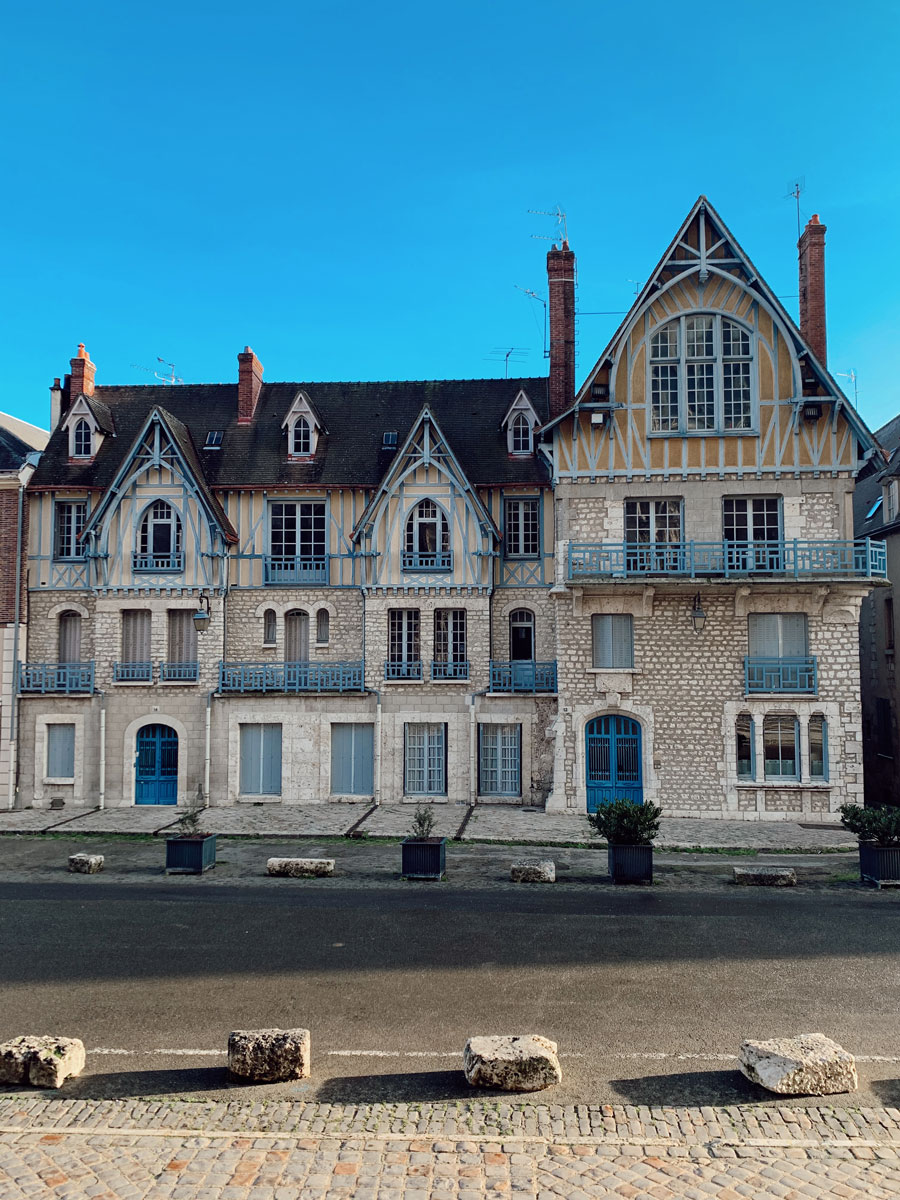
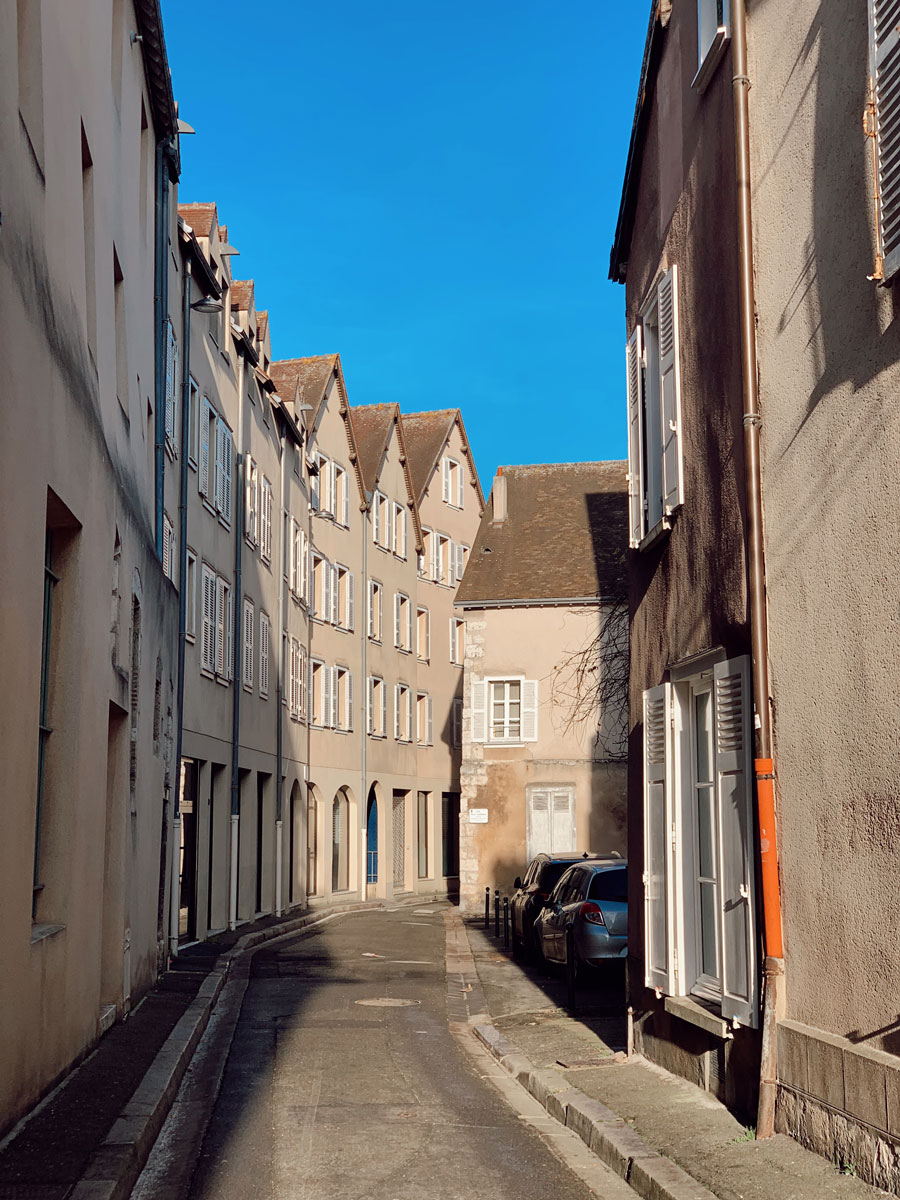
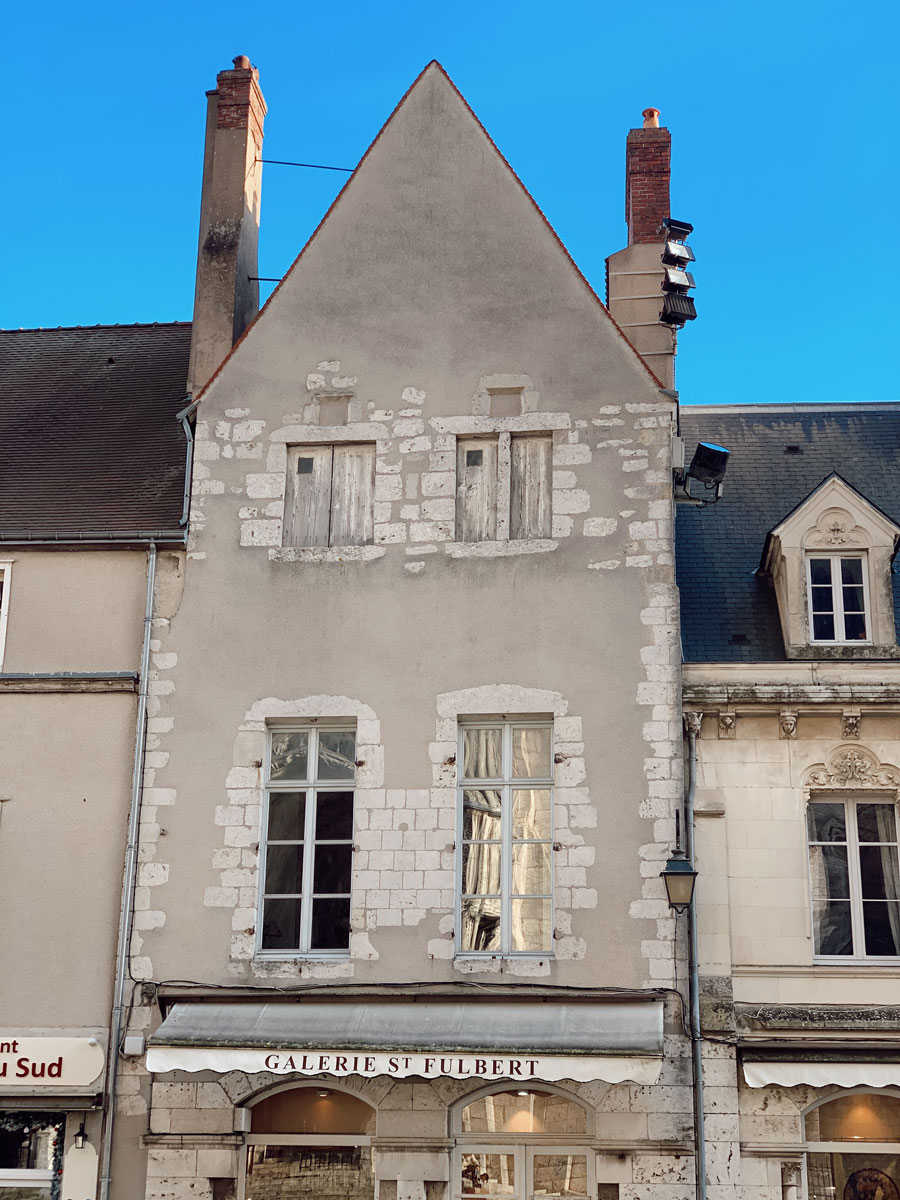
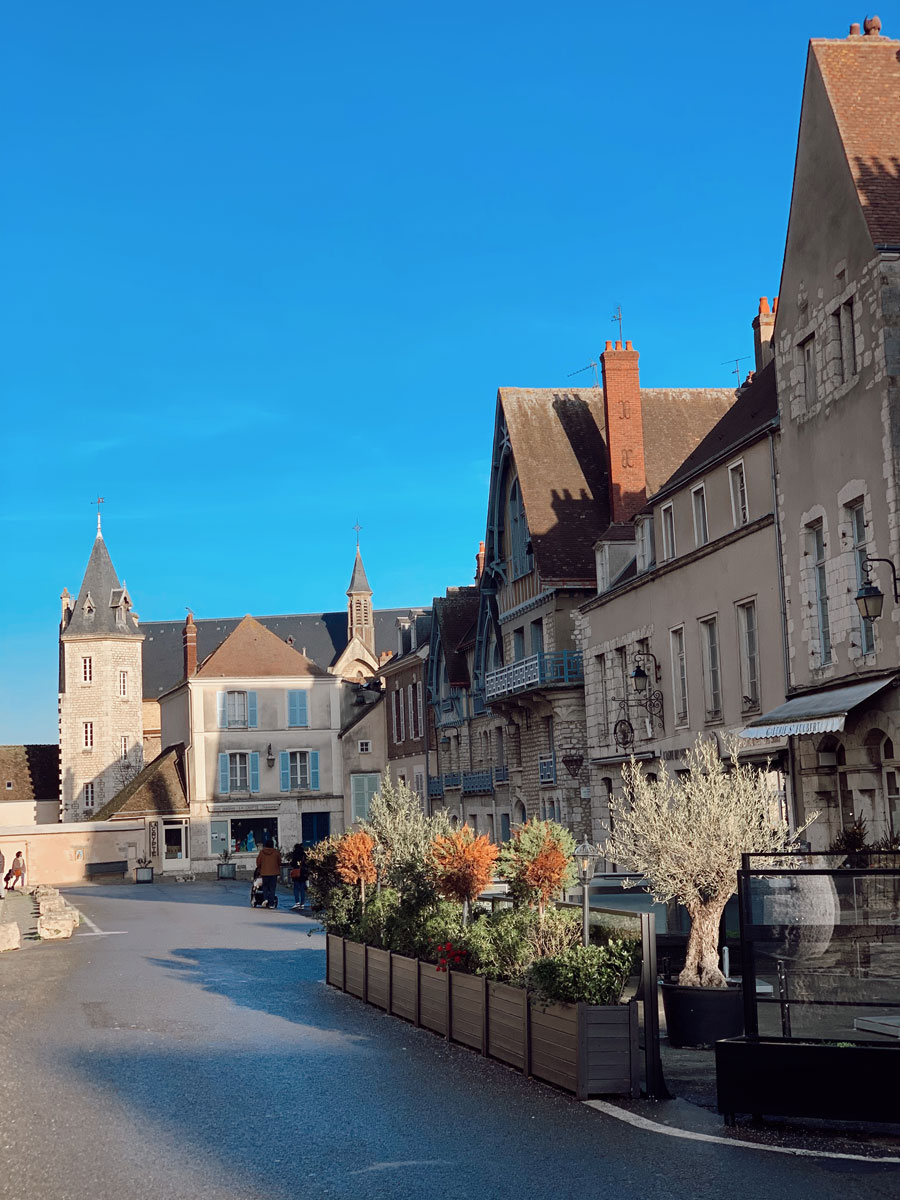
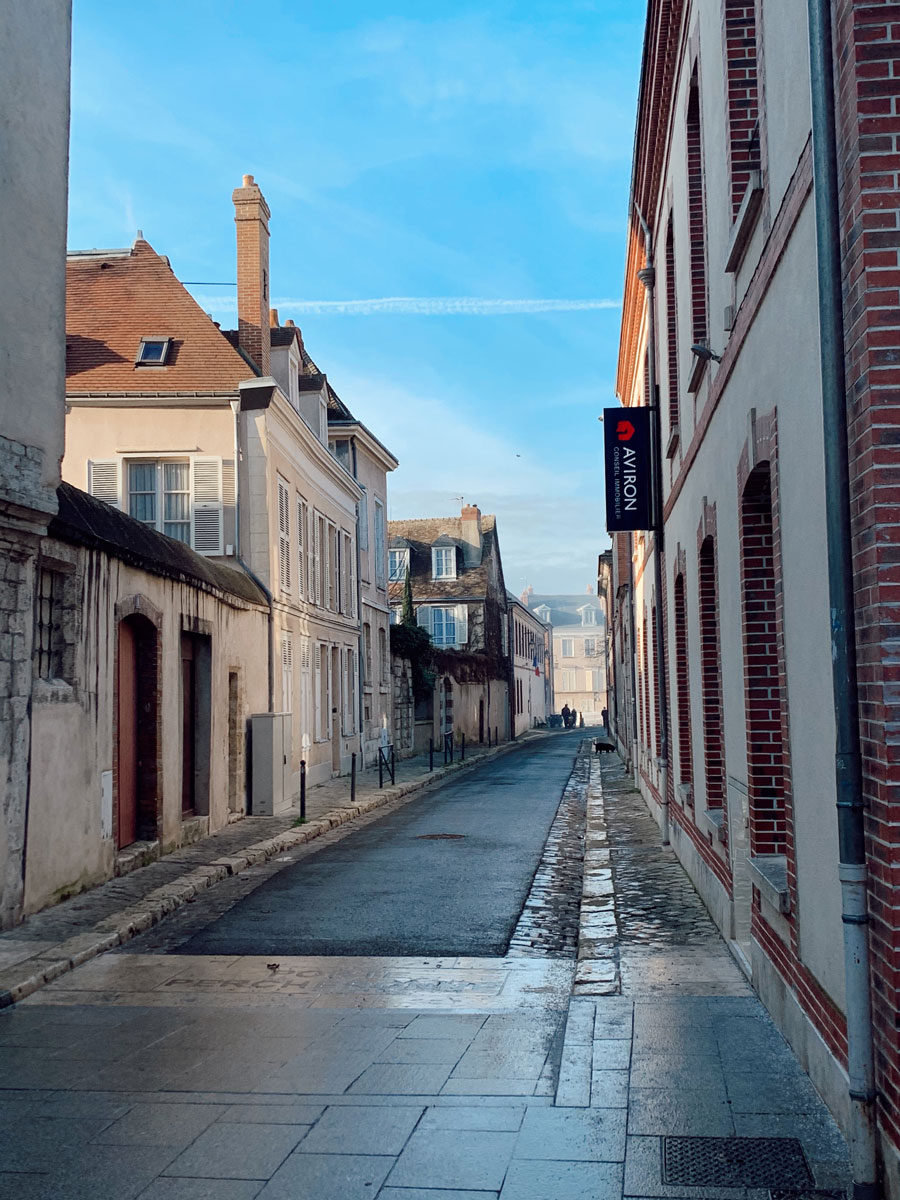
Want to learn more about historic architectural and interior styles? Read my book “History of Styles“:

